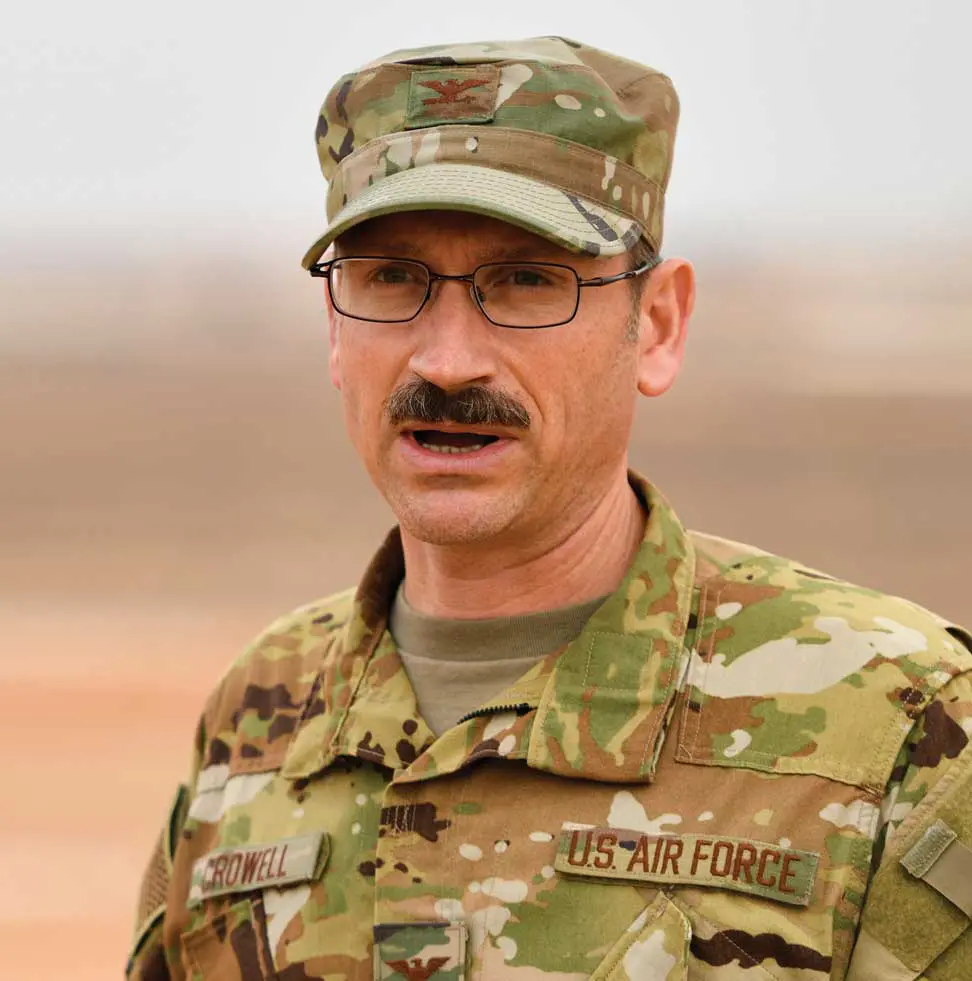Communication and Leadership
By MR. MIKE CREMEDAS, STAFF WRITER
“If your actions inspire others to dream more, learn more, do more, and become more, you are a leader.â€
– John Quincy Adams
Col Matthew “Trap†Crowell, Chief of Aviation Safety at the Air Force Safety Center, has learned the importance of effective communication during his years in the Air Force and believes it starts with relationship building. An Airman since 1999, Crowell has seen the Safety Center work closely with all the major commands across the globe, including Air Mobility Command. He explained that relationships built over time at the Safety Center have a significant impact because they allow for “crosstalk†at the leadership level. Crosstalk is communication across the different enterprises in the Air Force with various levels of leadership on the chain of command, which results in a better understanding of the individual enterprises and operations. Crosstalk is essential to accelerating the changes needed in today’s Air Force.
Crowell stated that “one of the challenges that exist from the Captain and Lieutenant levels, to your senior NCO [Noncommissioned Officer] levels, all the way up to your General Officers in Washington working with our general officer corps, is the ability to truly understand all aspects and all sides of an issue.†According to the Air Force Center for Strategic Leadership Communication, “Complex operations are made more understandable and accessible through the eyes of an individual and his or her experience.â€
No individual has all the answers, and putting heads together is often the key to problem solving.
No individual has all the answers, and putting heads together is often the key to problem solving. The challenges Airmen face are multifaceted and require many perspectives to optimize success. This need is why it is important for all levels of leadership to foster a culture of crosstalk and sending feedback—to help Airmen recognize they are all equally qualified to problem solve.
When asked about the difference between a good leader and a great leader, Crowell explained that good leaders execute missions; a great leader has the additional ability to “truly encourage and empower the individuals within the organization.†We can all be great leaders if we have the determination to be. No matter your rank, reflect on your approach to communication and ask yourself if you regularly consult others to learn more about a particular issue. If not, now is the time to start.
Crowell touched on the ability to transfer information up, down, and across the Air Force as “truly what allows us to get through the vast majority of challenges.†As the Air Force faces new adversaries, new technologies, and new approaches, we will advance as a cohesive entity through effective communication.

